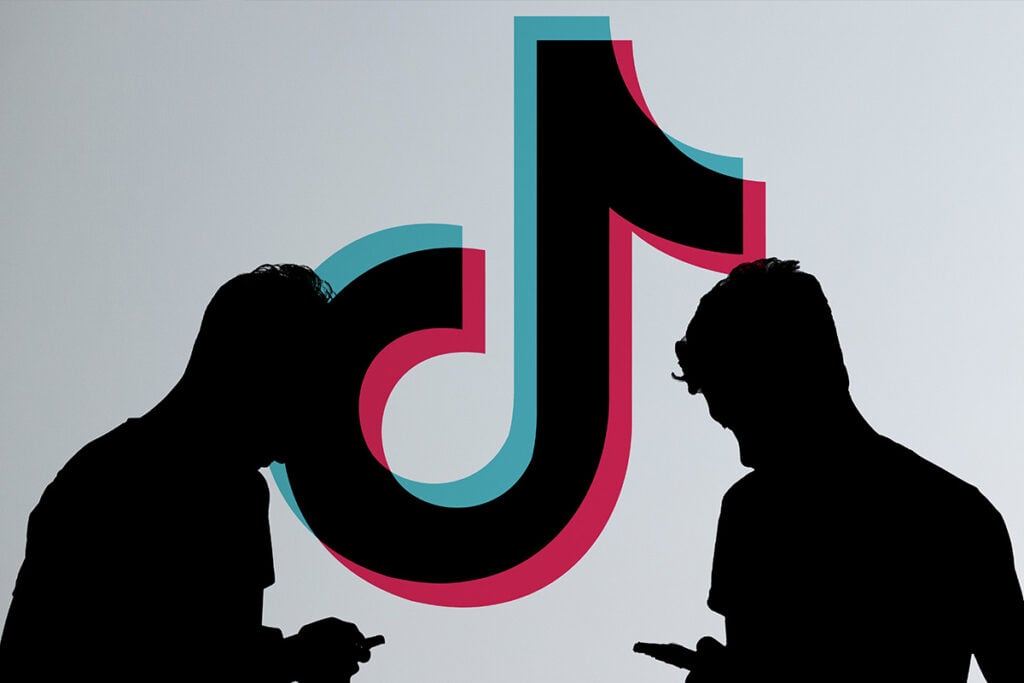TLDRs:
Contents
- TikTok thanked Donald Trump for giving it until September 2025 to resolve its ownership dispute.
- Talks with Vice President JD Vance remain active but have shown no recent progress.
- The app’s deep economic ties complicate efforts to enforce a ban or forced sale.
- Global regulatory pressure, especially from Europe, has prompted TikTok to diversify its operations.
TikTok has publicly expressed gratitude to former U.S. President Donald Trump for extending the deadline on its U.S. operations, pushing the looming divest-or-ban decision to September 17, 2025.
In a brief statement, the company also confirmed that discussions with Vice President JD Vance are still underway, though progress appears stalled, with no official updates emerging from Vance’s office since March.
The extension offers temporary relief to the embattled video-sharing platform, which serves a massive U.S. user base of 170 million people. Still, the reprieve does little to resolve the deeper tensions surrounding the app’s ownership, data practices, and national security implications. Behind the scenes, negotiations remain entangled in the broader web of U.S.-China geopolitical rivalry and regulatory complexity.
Platform in Limbo Despite Massive Economic Footprint
Notably, TikTok’s growing influence in the U.S. digital economy has made it a difficult target for enforcement. In 2023 alone, the app contributed an estimated $24.2 billion to the U.S. economy. Small and medium-sized businesses generated around $15 billion in revenue through the platform, relying on its algorithm to reach and engage audiences.
The potential economic fallout from a forced ban or divestment has clearly weighed on policymakers, including the Trump administration, which has now extended the deadline multiple times.
This economic entanglement underscores why a swift and clean separation of TikTok from its Chinese parent company, ByteDance, is proving to be more complex than initially anticipated. With creators, brands, and local enterprises now tightly integrated into TikTok’s ecosystem, any disruption could create ripple effects across the broader digital economy.
Regulatory Gridlock Mirrors Global Scrutiny
While TikTok’s future in the U.S. remains uncertain, the platform continues to face regulatory pushback worldwide. In Europe, the company has been hit with fines totaling over €800 million for various data privacy violations, including the unauthorized transfer of user data to China and mishandling of minors’ information.
These penalties, combined with increasing calls for data localization and algorithmic transparency, have forced TikTok to adopt a more regionally tailored approach. The app’s investment in a 135,000-square-foot London office earlier this month and the creation of 500 new UK jobs signal its intention to hedge against U.S. instability by deepening its presence in more stable jurisdictions.
A Platform Caught Between Innovation and Nationalism
Since its launch following ByteDance’s acquisition of Musical.ly in 2017, TikTok has evolved from a trendy music-lip-sync app into a flashpoint of global tech diplomacy. Much like Huawei and ZTE before it, TikTok has become a symbol of technological bifurcation , the growing divide between Chinese and Western tech ecosystems.
Even if ByteDance agrees to divest its U.S. operations, China’s updated export control laws restrict the transfer of core algorithms, making a full separation difficult. Analysts warn that any version of a U.S.-owned TikTok would likely operate in isolation, cut off from the data and development infrastructure that powers its global operations. This, in turn, could undermine its appeal to both users and advertisers.


